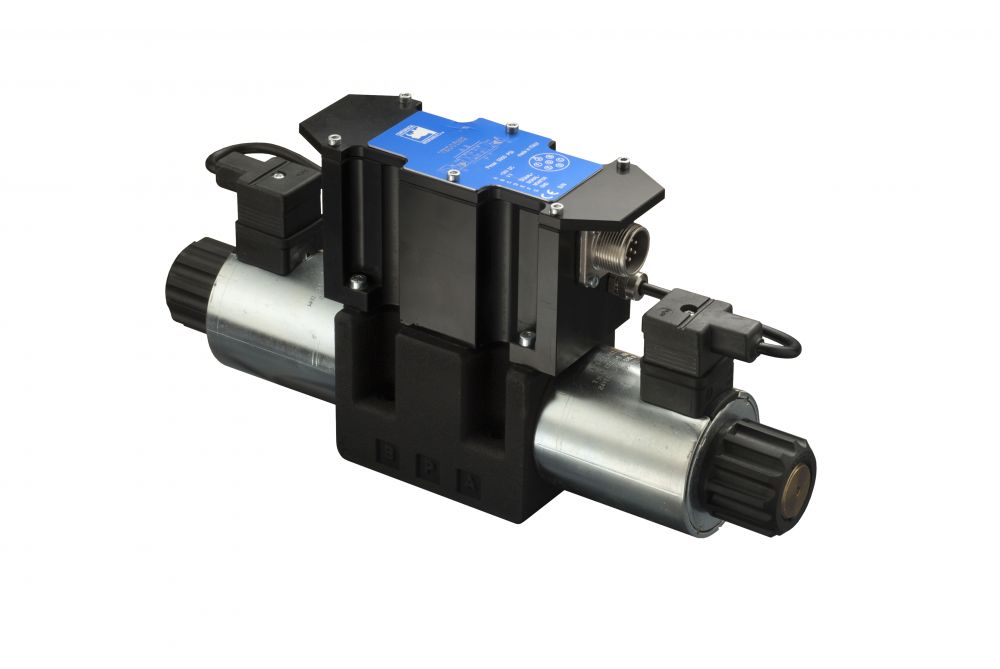In the dynamic landscape of industrial automation, the convergence of cutting-edge technologies continually reshapes operational efficiencies and productivity benchmarks. Among the pivotal components driving this evolution are industrial servo drives and proportional valves. These two innovations, individually remarkable, are increasingly being integrated to unleash a new realm of precision, responsiveness, and control in manufacturing processes across diverse sectors.
Industrial Servo Drives: Precision Redefined
At the heart of advanced motion control systems, industrial servo drives reign supreme. These compact yet powerful devices translate electrical signals into precise mechanical motion, offering unparalleled accuracy, speed, and torque control. Whether it’s robotics, CNC machining, packaging, or material handling, industrial servo drives are the cornerstone of agile and high-performance machinery.
The versatility of servo drives lies in their ability to adapt to varying loads and motion profiles with remarkable ease. This adaptability is pivotal in industries where rapid changes in production requirements are the norm. Furthermore, advancements in servo drive technology, such as enhanced feedback mechanisms and sophisticated control algorithms, have minimized error margins and elevated the standards of motion control precision to unprecedented levels.
Proportional Valves: Fluid Power Revolution
In the realm of fluid power systems, proportional valves represent a paradigm shift in hydraulic and pneumatic control. Traditional on/off valves, while effective, lack the finesse required for nuanced control of fluid flow and pressure. Enter proportional valves, equipped with precise electro-hydraulic or electro-pneumatic mechanisms, enabling continuous modulation of flow rates and pressures with exquisite accuracy.
From heavy machinery to intricate assembly lines, proportional valves play a pivotal role in regulating critical parameters such as speed, force, and directionality. This granular control not only optimizes energy consumption and reduces system wear but also unlocks a myriad of possibilities in process optimization and customization.
The Power of Integration
While industrial servo drives and proportional valves each offer unparalleled capabilities within their respective domains, it is their integration that truly revolutionizes industrial automation. By synchronizing motion control with fluid power systems, manufacturers can achieve a level of precision, responsiveness, and efficiency that was once inconceivable.
Consider, for instance, a robotic assembly line tasked with intricate welding operations. By seamlessly coordinating the motion of robotic arms via servo drives with the flow and pressure of welding gases through proportional valves, manufacturers can ensure flawless welds with minimal defects and maximum throughput.
Moreover, the synergy between servo drives and proportional valve extends beyond mere performance gains. With the advent of smart manufacturing and the Industrial Internet of Things (IIoT), integrated systems offer unprecedented levels of data visibility and control. Real-time monitoring of motion parameters and fluid dynamics allows for predictive maintenance, adaptive process optimization, and ultimately, higher levels of operational reliability and cost-effectiveness.
The Future of Industrial Automation
As industrial automation continues its inexorable march towards greater sophistication and efficiency, the synergy between industrial servo drives and proportional valves will remain a linchpin of progress. From agile manufacturing to sustainable production practices, the integration of precise motion control with fluid power modulation heralds a new era of innovation and possibility.
Looking ahead, advancements in materials, sensors, and connectivity will further augment the capabilities and applications of integrated systems. Whether it’s unlocking new frontiers in additive manufacturing, streamlining supply chain logistics, or revolutionizing renewable energy production, the collaborative power of industrial servo drives and proportional valves will continue to drive the relentless pursuit of excellence in industrial automation.





